Context
The prevalence of obesity in Malaysia grew from 5% to 6% from 2006 to 2011. While this may seem like a small increase, Malaysia has significantly higher obesity rates than its neighbors, including Indonesia and Cambodia (each reported 2.6% in 2008). Adolescents are at high risk for obesity, as they tend to lead more sedentary lifestyles. As 95% of Malaysian adolescents use computers and the internet, internet-based interventions are promising approaches to reducing obesity. In this study, the authors investigated the effectiveness of obeseGO!, an internet-based intervention promoting healthy lifestyle and diet, among adolescents in Kuala Lumpur over 12 weeks.
Intervention
ObeseGO! is a website promoting healthy lifestyle and diet and ways to prevent obesity. Each week, participants were introduced to a different topic (such as teen obesity, diet tips, active habits, screen time, fast food, and feeling good about oneself) on the website. ObeseGO! also included games and exercise videos. Participants registered for access to the website and received notifications on new information and program updates. A chat section allowed participants to engage in interactive sessions. Participants were also asked to self-monitor by weighing themselves at home and calculating their body mass index (BMI) regularly using the website’s calculator.
Evaluation
Design: Four schools were randomly assigned to the intervention group and two schools to the control group (cluster randomized controlled trial). Students in the control group were given pamphlets containing information on the same topics covered by the website. Key outcomes were BMI, waist circumference, and body fat percentage, which were measured by research staff at baseline and endline. Participants also completed two questionnaires on their eating behaviors and physical activity at the beginning and end of the study.
Sample: Students were eligible if they were 16 years old, had a BMI greater than 25, had internet access at home, and had a parent or guardian who was also willing to participate in the study. After screening, 47 students were enrolled in the intervention and 50 students served as controls. The sample consisted of mostly males (57%), with an average BMI of around 31.
Results
Between baseline and endline, BMI, waist circumference, and body fat percentage significantly decreased only in the intervention group. Comparing the two groups, however, there were no significant differences in the change in these measures over time.
Limitations: Study limitations include recruitment from a specific population of students in Kuala Lumpur, making the sample not representative of the whole target population in Malaysia, and the short study period of 12 weeks.
Conclusion
While improvements in key outcomes after exposure to an internet-based healthy lifestyle program were modest, these findings are still encouraging and can be used to inform public health practitioners about other approaches to deliver health education. Future studies should use longer-term outcome measures, recruit a larger sample, and explore using the program for obesity prevention in a wider population, such as adults or rural residents.


